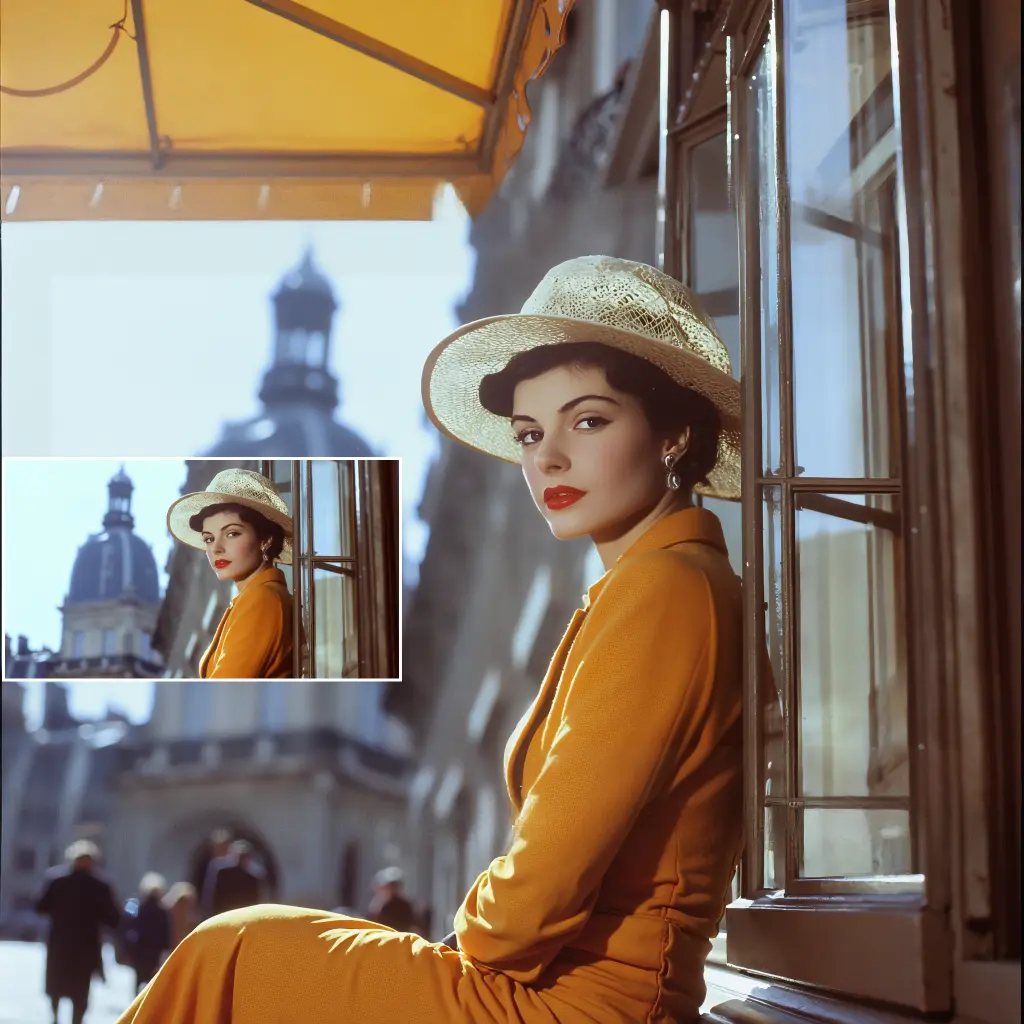ComfyUI Node: Image Upscale Tiled
ImageUpscaleTiled
CategoryYCNode/Image
yichengup (Account age: 473days) Extension
ComfyUI-YCNodes Latest Updated
2025-06-03 Github Stars
0.02K
How to Install ComfyUI-YCNodes
Install this extension via the ComfyUI Manager by searching for ComfyUI-YCNodes- 1. Click the Manager button in the main menu
- 2. Select Custom Nodes Manager button
- 3. Enter ComfyUI-YCNodes in the search bar
Visit ComfyUI Online for ready-to-use ComfyUI environment
- Free trial available
- 16GB VRAM to 80GB VRAM GPU machines
- 400+ preloaded models/nodes
- Freedom to upload custom models/nodes
- 200+ ready-to-run workflows
- 100% private workspace with up to 200GB storage
- Dedicated Support
Image Upscale Tiled Description
Enhance image resolution using tiled upscaling for efficient and seamless processing, optimizing memory usage and maintaining quality.
Image Upscale Tiled:
The ImageUpscaleTiled node is designed to enhance the resolution of images by utilizing a tiled approach to upscaling. This method is particularly beneficial for handling large images that may not fit into memory when processed as a whole. By dividing the image into smaller, manageable tiles, the node can upscale each section individually and then seamlessly merge them back together. This approach not only optimizes memory usage but also ensures that the upscaling process is efficient and effective, maintaining the quality and details of the original image. The node is equipped to handle overlaps between tiles, which helps in blending the tiles smoothly, avoiding visible seams in the final upscaled image. This makes it an essential tool for AI artists looking to enhance image quality without compromising on detail or performance.
Image Upscale Tiled Input Parameters:
image
The image parameter is the input image that you wish to upscale. It should be provided in a format compatible with the node's processing capabilities, typically as a tensor. The quality and resolution of the input image will directly affect the output, so starting with a high-quality image is recommended for the best results.
model_name
The model_name parameter specifies the name of the upscaling model to be used. This model is responsible for the actual upscaling process, and different models may offer varying levels of quality and performance. Selecting the appropriate model is crucial for achieving the desired upscaling effect.
rows
The rows parameter determines the number of horizontal divisions or tiles the image will be split into. This affects how the image is processed in sections, with more rows resulting in smaller tiles. The choice of rows can impact both the processing time and the memory usage.
cols
The cols parameter specifies the number of vertical divisions or tiles. Similar to the rows parameter, it influences the size of each tile and the overall processing strategy. Adjusting the number of columns can help balance between performance and memory efficiency.
overlap
The overlap parameter defines the amount of overlap between adjacent tiles. This is crucial for ensuring that the tiles blend seamlessly without visible seams. The overlap is typically a fraction of the tile size, and setting it appropriately can enhance the smoothness of the final image.
Image Upscale Tiled Output Parameters:
out
The out parameter is the upscaled image output. It is the result of the tiled upscaling process, where each tile has been individually enhanced and then merged back into a single, high-resolution image. The output maintains the original image's aspect ratio and quality, with improved resolution and detail.
Image Upscale Tiled Usage Tips:
- To achieve the best results, start with a high-quality input image and choose an upscaling model that suits your specific needs, balancing between quality and processing time.
- Adjust the
rowsandcolsparameters to optimize memory usage and processing speed, especially when working with very large images. - Use the
overlapparameter to ensure smooth transitions between tiles, which is particularly important for images with intricate details or patterns.
Image Upscale Tiled Common Errors and Solutions:
Invalid upscale model
- Explanation: This error occurs when the specified model name does not correspond to a valid upscaling model.
- Solution: Ensure that the
model_nameparameter is set to a valid and available model. Check the model directory for the correct model names.
Memory allocation error
- Explanation: This error can happen if the system does not have enough memory to process the image with the current tile settings.
- Solution: Reduce the number of
rowsandcolsto decrease the memory requirement, or free up system resources before running the node.
CUDA out of memory
- Explanation: This error indicates that the GPU does not have enough memory to handle the upscaling process.
- Solution: Lower the tile size by increasing the
rowsandcols, or switch to CPU processing if GPU resources are limited.
Image Upscale Tiled Related Nodes
RunComfy is the premier ComfyUI platform, offering ComfyUI online environment and services, along with ComfyUI workflows featuring stunning visuals. RunComfy also provides AI Playground, enabling artists to harness the latest AI tools to create incredible art.




